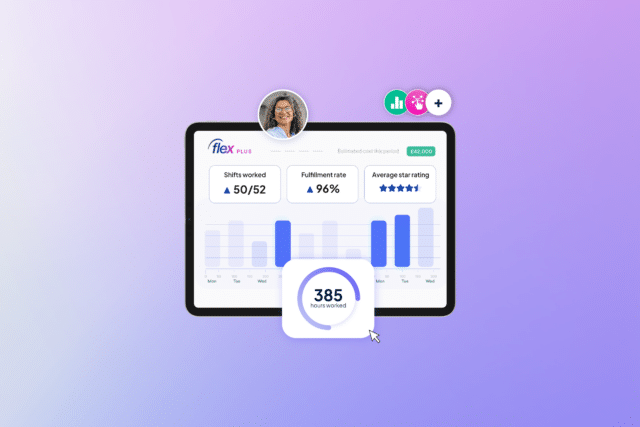
We’ve just passed the time of year when employers take on temp workers to manage the holiday rush. Black Friday sales, Christmas shopping, and boxing day sales are just a few of the events which demand an increased workforce at short notice.
A fresh intake of temp workers is more sensible than hiring permanent employees you may not need in a few months. However, one of the main issues with hiring temp workers is that you need them to get up to speed as soon as possible and start making an effective contribution to your business.
The whole point of hiring temp workers is that the business is really busy. Managers don’t have time for extensively training new staff. Everyone is busy, and often under pressure to deliver. A consequence of this is often understaffing, which doesn’t help anyone.
So, in this atmosphere, how can you quickly train temp workers so that they are an asset rather than a liability? Before we talk about training tips, you need to make sure the basics are covered:
1) Hire the right people
It’s not always possible to hire the most experienced people, especially if your budget is low. But it is possible to hire motivated people who are keen to work and have the capacity to learn quickly. This is where a good staffing solution like Indeed Flex may be useful, if your internal staff is too busy to sift through hundreds of applicants. Be honest in your job description. Temporary staff are likely to be more motivated when they know exactly what job they are signing up for.
2) Purposeful training
Have a clear idea of how much money and resources you have to spend on new recruits. Your training goals should be aligned with your training budget. Ideally, when you are hiring staff, you would know what roles you are hiring them for.
Based on the job they need to do, you should know what training they may need. Be realistic. Don’t try to cover everything that you may do with your permanent employees.
Temporary staff need different training. They are not there to make a long-term contribution to your company. They are there to do a particular job. Focus only on things they need, to do their job safely. But also don’t neglect the training completely. Training your temporary employees makes them feel more engaged.
You’ve got the right people. Here are some tips for training your temp workers:
3) Shadowing colleagues
Shadowing someone else who is doing the same job is one of the quickest way to get an overview of what the job involves. Have your temp worker spend a day or more with a colleague. Use a buddy system. During the course of the day, your temp worker won’t only learn the job, but also start doing it, as most people feel very uncomfortable just watching someone do work, and start pitching in.
4) On-the-job training
After a day or two of shadowing, on-the-job training is sometimes the best thing. Hopefully, you’ve hired a qualified person for the job. Let them get on with it.
5) Training materials
Make sure your training materials are prepared in advance. Have your processes properly documented. If they need to follow specific steps, such as operating a machine or doing tasks in a particular way, then include step-by-step instructions in your training materials. Let your employees know what training materials they need to cover by what time, and make sure you give them enough time to do it. If training material requires a trainer to be present, then make sure the trainer (external or internal) is available in good time, so your temp worker isn’t waiting for weeks to have the right training.
6) Cross-train
If you want your temp workers to cover several roles then make sure you cross-train them as quickly as possible. If they are supposed to work across multiple departments then make sure you introduce them to the right people and set up a training rota so they know when they should be in each department. Disorganisation on the employer’s behalf makes it more difficult for a temp worker to quickly get to grips.
7) Assign a mentor
Assigning a mentor offers your temp workers a key point of contact they can go to for quick day-to-day questions. This is especially useful after they have been through initial training, but may come across new problems, or may just need some quick advice.
8) Group training
If you are hiring more than one temp worker then group training for certain things may be an efficient use of your time, and will also give them a chance to know one another. Health and safety training and building induction are examples of training you can easily do in a group.
9) Question time
Make sure you give your temp workers time to ask questions. Not just when you train them, but also after. Be available, and ensure that your more experienced employees are available to talk. This will make your temp workers feel more comfortable. They are likely to be more productive and make fewer mistakes if they know they can ask for help.
Temp workers are an increasingly big part of our workforce. With zero-hour contracts and a more flexible workplace, this number is only going up higher. If you have training guidelines in place for your temp workers then you will be in a better position to utilise them, and be a desirable employer that temporary workers want to work for.








